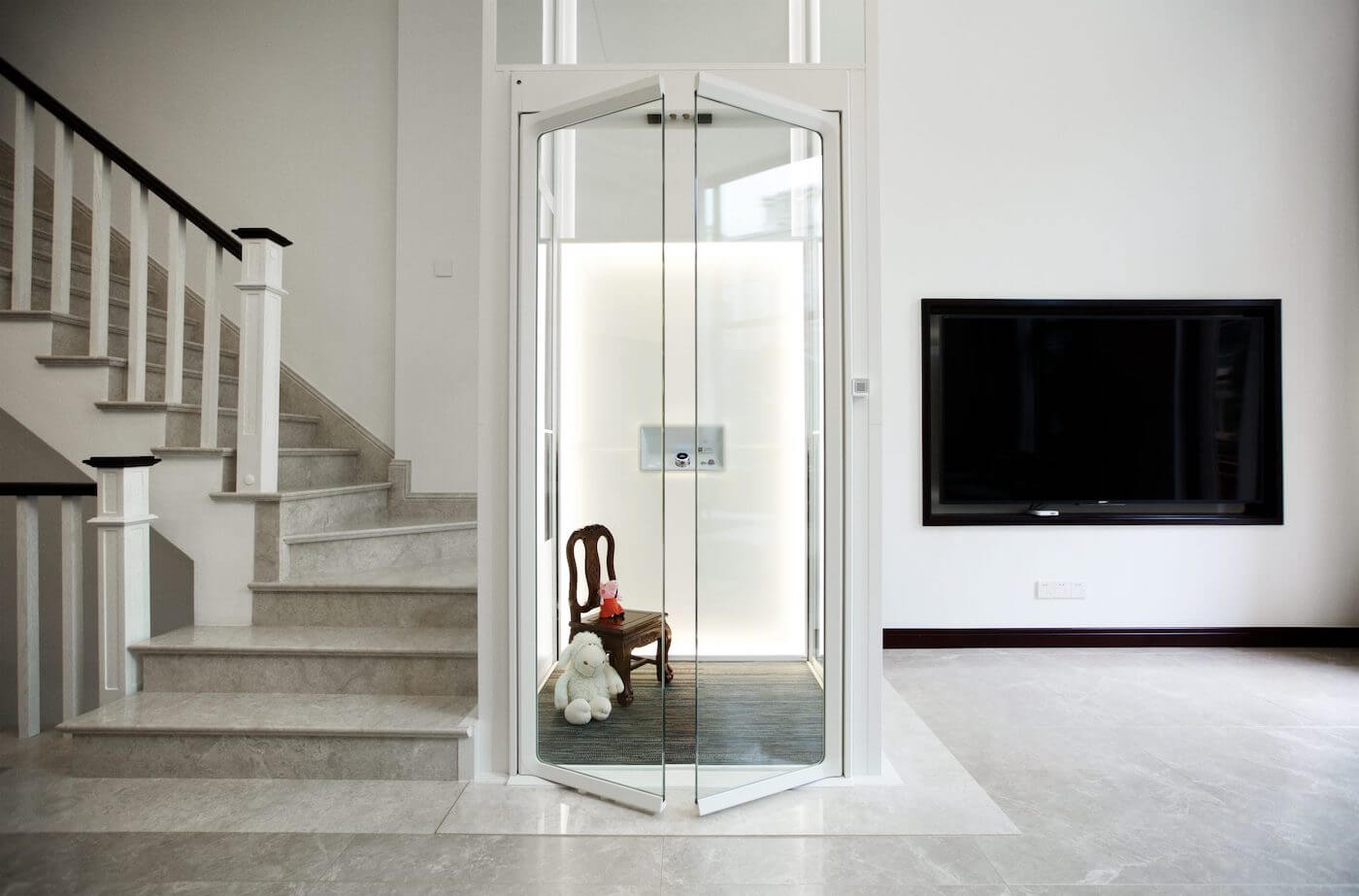We Maintain Lifts with Accuracy: Ensuring Safety And Security and Efficiency
We Maintain Lifts with Accuracy: Ensuring Safety And Security and Efficiency
Blog Article
Exploring the World of Lifts: Usual Concerns Dealt With by Various Lift Systems
As we browse via the vertical transport systems of modern buildings, elevators stand out as a crucial element of our everyday lives. From hydraulic elevators to grip systems and machine-room-less styles, each lift type comes with its collection of common concerns.
Hydraulic Lifts
Hydraulic elevators, typically liked for low-rise buildings, utilize fluid stress to control the movement of the lift car (lift repair companies). This system includes a hydraulic pump pushing oil right into a cylinder, causing the lift to move in the wanted instructions. While hydraulic lifts are understood for their peaceful and smooth procedure, they do come with their own set of typical concerns
One common trouble with hydraulic elevators is oil leak. The seals in the hydraulic system can wear with time, leading to oil seepage. If left unaddressed, this not only creates a mess but can additionally impact the lift's performance. In addition, concerns with the control system, such as damaged shutoffs or a malfunctioning pump, can cause interruptions in the lift's motion.
Normal upkeep and prompt repair work are crucial to make sure the smooth functioning of hydraulic lifts. By resolving these common issues proactively, building owners can reduce downtime and ensure the security and performance of their upright transport system.
Traction Lifts
When taking into consideration upright transport systems in buildings, an additional usual kind in addition to hydraulic lifts is the traction lift. Grip lifts operate using a system of ropes and weights that relocate the elevator vehicle by clutching onto the hoist ropes. This mechanism permits smoother and faster vertical transportation compared to hydraulic systems.
One of the common issues encountered by grip lifts is rope wear. The constant motion of the ropes within the traction system can lead to deterioration over time, potentially creating the elevator to malfunction or end up being hazardous for usage. Regular examinations and maintenance of the ropes are important to make certain the lift's proper performance and security.
Another issue that grip lifts might run into is connected to the control system. Issues with the control system can bring about issues such as irregular activity, hold-ups in action times, or even full closures. Routine testing and upkeep of the control system are important to stop such concerns and guarantee the lift's integrity.
Machine-Room-Less (MRL) Lifts

Among the crucial components of MRL elevators is the small gearless grip maker that is mounted within the hoistway. This equipment successfully drives the lift vehicle without the requirement for bulky devices found in conventional grip lifts. Additionally, MRL lifts usually utilize a weight system to stabilize the car, additional improving their energy efficiency.
Despite their benefits, MRL lifts might encounter challenges connected to maintenance and repair work due to the confined area for tools installation. Ease of access for servicing parts within the shaft can be limited, calling for specialized training for service technicians. Correct upkeep routines and routine assessments are vital to make certain the ongoing smooth procedure of MRL elevators.
Overloading and Weight Restriction Issues
Are elevators geared up to manage excess weight loads effectively and safely? Overloading and weight limitation problems are vital problems in lift procedures. Lift manufacturers layout raises with specific weight capabilities to make sure guest safety and security and tools longevity. Going beyond these weight restrictions can lead to numerous issues, including mechanical failings, hold-ups, and safety risks.
When lifts are overloaded, it puts too much strain on the motor, cords, and other elements, possibly causing malfunctions or malfunctions. Safety mechanisms such click here to read as sensing units and overload sensors remain in area to avoid elevators from moving if they find excess weight. Furthermore, going beyond weight limitations can lead to raised power intake and deterioration on the elevator system.
To alleviate straining issues, constructing supervisors must plainly present weight limitations in elevators and inform residents on the significance of sticking to these restrictions - lift repair companies. Normal maintenance checks by qualified professionals can also aid make sure that elevators are running within secure weight criteria. By addressing overloading and weight restriction concerns proactively, building owners can enhance lift security and efficiency
Electric System Failures
Exceeding weight limits in elevators can not just lead to mechanical problems however additionally potentially add to electrical system failings within the lift infrastructure. Electric system failures are a critical problem in lift operation, as they can create unexpected shutdowns, malfunctions, and even safety risks. One usual electric issue is the getting too hot of parts due to extreme existing flow triggered by overwhelming the elevator beyond its capability. This can bring about damage to the control, electric motor, or wiring systems, causing costly repair services and downtime.
Regular maintenance and examinations are important to identify and resolve potential electric concerns without delay, ensuring the safe and efficient procedure of elevator systems. By adhering to weight limitations and carrying out regular electric system checks, building proprietors can alleviate the risk of electric failures in lifts.
Conclusion

Hydraulic lifts, frequently favored for low-rise buildings, use fluid stress to regulate the activity of the elevator auto.When taking into consideration upright transportation systems in structures, one more common kind apart from hydraulic lifts is the traction elevator. Traction lifts run using a system of over at this website ropes and counterweights that relocate the lift automobile by clutching onto the hoist ropes. Unlike traditional lifts that need a separate maker area to house the devices, MRL elevators incorporate most of the components within important site the shaft, getting rid of the demand for a dedicated machine area.In verdict, elevators face usual concerns such as hydraulic malfunctions, traction system failings, and electric system issues.
Report this page